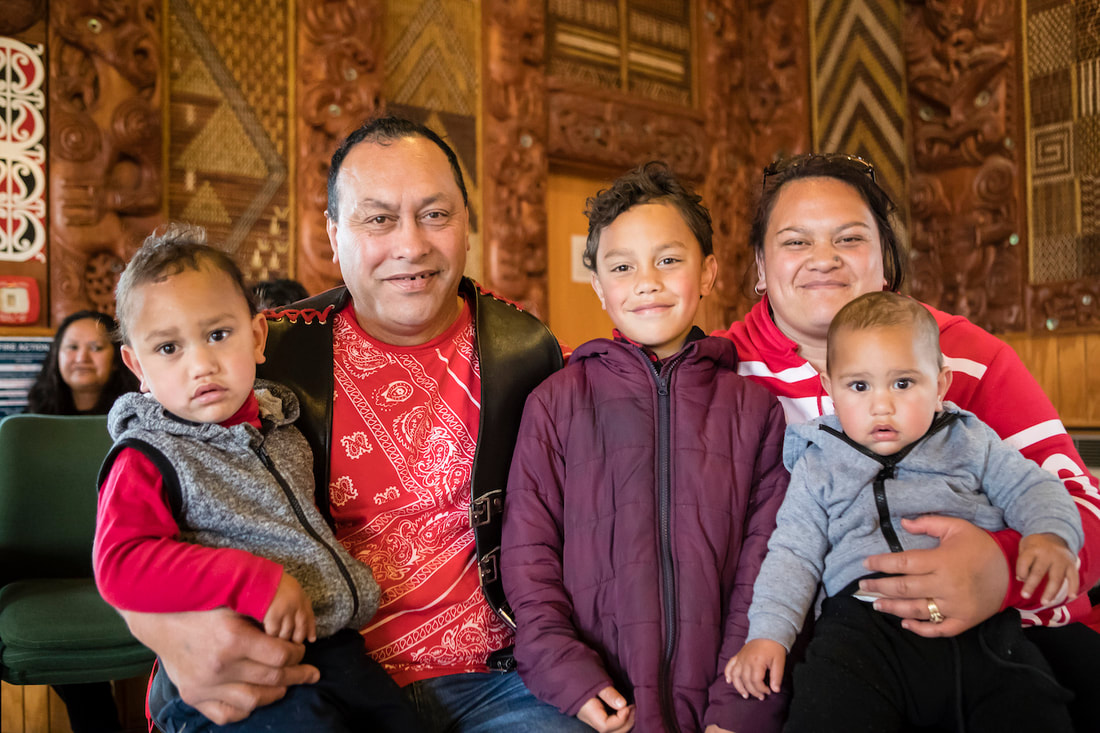Four characteristics tamariki and rangatahi need to thrive
International developmental research has identified four characteristics that young people need to ensure that they are resilient to adverse conditions and to thrive [1].
The four characteristics are:
A sense of industry and competency. Developing a sense of self belief in their own abilities through succeeding in engaged activities and obtaining recognition for productivity. This can be achieved through activities such as sports, hobbies, school or employment [2,3].
A feeling of connectedness to others and to society. Building empathy with others by knowing that others care for them. This can be achieved by increasing the positive connections with community, government and business networks through pro social activities [4].
A sense of control over one’s fate in life. A person who has a sense of control over their fate in life believes that they can affect their future. This can be achieved through being engaged in interactions in which they can successfully predict the outcomes of their actions [5].
A stable identity. The development of a stable identity is associated with positive interpersonal relationships, psychological and behavioural stability, and productive adulthood. This can be achieved by strengthening cultural identity and connectedness [6].
These four characteristics are consistent with an approach which recognises Māori as:
This approach also recognises the need for a strengths-based focus on whānau as the core unit of Māori society.
The four characteristics are:
A sense of industry and competency. Developing a sense of self belief in their own abilities through succeeding in engaged activities and obtaining recognition for productivity. This can be achieved through activities such as sports, hobbies, school or employment [2,3].
A feeling of connectedness to others and to society. Building empathy with others by knowing that others care for them. This can be achieved by increasing the positive connections with community, government and business networks through pro social activities [4].
A sense of control over one’s fate in life. A person who has a sense of control over their fate in life believes that they can affect their future. This can be achieved through being engaged in interactions in which they can successfully predict the outcomes of their actions [5].
A stable identity. The development of a stable identity is associated with positive interpersonal relationships, psychological and behavioural stability, and productive adulthood. This can be achieved by strengthening cultural identity and connectedness [6].
These four characteristics are consistent with an approach which recognises Māori as:
- a diverse population;
- culturally distinct; and
- aspirational people who are capable of leading their own solutions.
This approach also recognises the need for a strengths-based focus on whānau as the core unit of Māori society.
Discover more
This article is part of our Framework page, which provides key information about our approach to working with hard to reach communities. You can learn more about our framework via the button below, or head straight to our next article about what gangs are and how to reduce gang violence.
References
[1]. Understanding Youth Development: Promoting Positive Pathways of Growth was developed by CSR, Incorporated, for the Family and Youth Services Bureau; Administration on Children, Youth and Families; Administration for Children and Families; U.S. Department of Health and Human Services.
[2]. Erikson, E. 1968. Identity: Youth and Crisis. New York: W.W. Norton and Company.
[3]. Erikson, E. 1963. Childhood and Society. New York: W.W. Norton and Company.
[4]. Gottfredson, M.R., and Hirschi, T. 1994. “A General Theory of Adolescent Problem Behavior.” In Ketterlinus, R.D., and Lamb, M., eds. Adolescent Problem Behaviors: Issues and Research. Hillsdale, NJ: Erlbaum, 41-56.
[5]. Patterson, G., and Dishion, T. 1985. “Contributions of Families and Peers to Delinquency.” Criminology 23:63-79.
[6]. Grotevant, H.D. 1996. “Adolescent Development in Family Contexts.” In Damon, W., and Eisenberg, N., eds. Handbook of Child Psychology. Vol. 3, Social, Emotional and Personality Development, 5th ed. New York: Wiley.
[2]. Erikson, E. 1968. Identity: Youth and Crisis. New York: W.W. Norton and Company.
[3]. Erikson, E. 1963. Childhood and Society. New York: W.W. Norton and Company.
[4]. Gottfredson, M.R., and Hirschi, T. 1994. “A General Theory of Adolescent Problem Behavior.” In Ketterlinus, R.D., and Lamb, M., eds. Adolescent Problem Behaviors: Issues and Research. Hillsdale, NJ: Erlbaum, 41-56.
[5]. Patterson, G., and Dishion, T. 1985. “Contributions of Families and Peers to Delinquency.” Criminology 23:63-79.
[6]. Grotevant, H.D. 1996. “Adolescent Development in Family Contexts.” In Damon, W., and Eisenberg, N., eds. Handbook of Child Psychology. Vol. 3, Social, Emotional and Personality Development, 5th ed. New York: Wiley.




